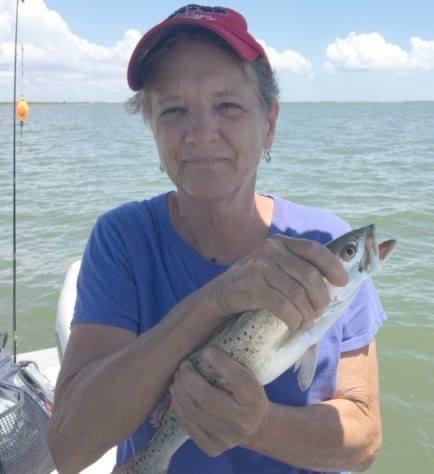
Jerri Sutherland, Beginner Angler, West Bay, Galveston, TX (July 23, 2016)
Saltwater fishing-With some basic knowledge and a minimum of skill, a beginning saltwater fisherman can embark on a lifetime of fun, relaxation, and camaraderie with other anglers. I am a beginner angler myself, so I am just learning to fish in saltwater. I had plans to attend a Texas Parks and Wildlife program on Surf Fishing today, Monday, June 26th at Galveston State Park but unfortunately the jellyfish (purple flag) and the rip tide (red flag) kept us from surf fishing on the beach.
The program instructor, Chuck Miller, gave us a few tips for a successful outing, but we had to practice casting and fishing on one of the saltwater ponds on the bayside of Galveston Island State Park. The Surf Fishing and Basic Fishing program as well as many other programs offered by Texas Parks and Wildlife is FREE. Many of the fishing programs at the Galveston State are taught by Mr. Miller, a certified fishing instructor and TPWL volunteer. Mr. Miller is an experienced angler.
In the next few minutes, I will discuss several styles of saltwater fishing, types of rods, and tackle. Next week, I will discuss reels, casting, baits, lures, and aquatic habits.
Hooks
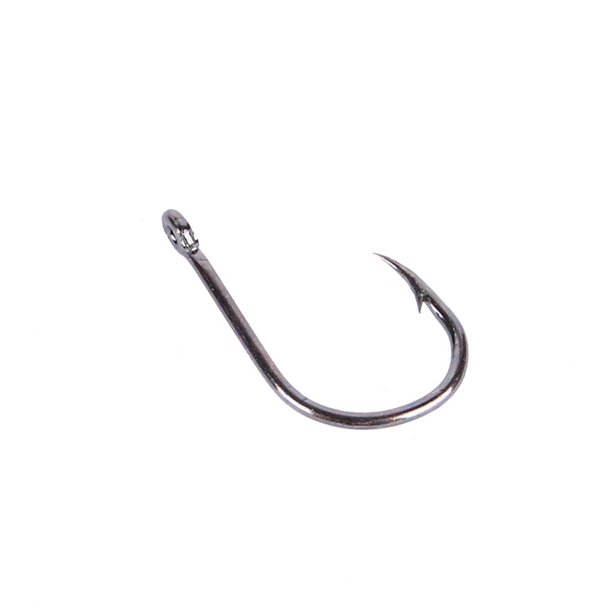
Hooks come in an assortment of sizes and styles. Choose the size of the hook for the species of fish you are trying to catch and the type of bait you’re using. Remember the hook must be kept razor sharp to be effective. To catch a fish you must keep your hook in the water.
Line

Fishing line comes in pound-test, the line size or strength. The larger the line size, the stronger it is. A six-pound test line in more flexible but 12-pound test line is stronger. Match your fishing line to your rod and reel capability and the species of fish you want to catch. Heavier line is more visible to fish.
Sinkers
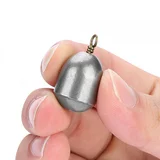
Sinkers are weights used to cast your bait, take bait to the bottom, hold bait in place, or keep your bobber upright. Sinkers are designed in different shapes and sizes and are used for various types of fishing techniques. In most cases, you will place your sinker 4 to 8 inches above your hook to allow the bait to look natural to the fish.
Bobbers
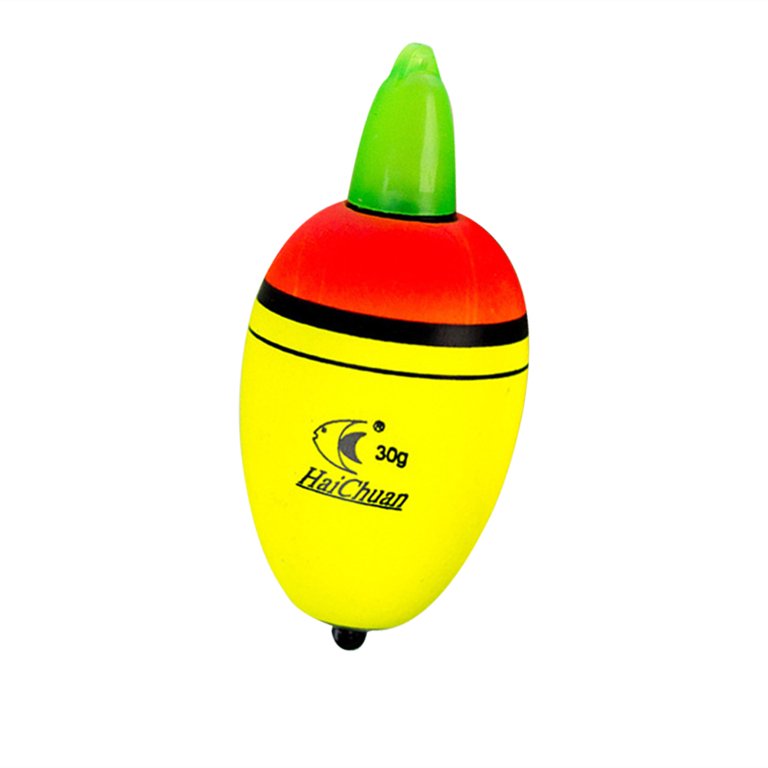

Bobbers, floats, and corks are used for three reasons: 1) they keep your bait where the fish are biting, 2) keep bait off the bottom, 3) and they tell you when you’re getting a bite by bobbing up and down. Bobbers come in various shapes from round, to pencil, to popping, and oblong. Most bobbers are spring-loaded and attach to your line with a clip and some are tied directly to your line or allow the line to slip entirely through for slip-cork fishing.
Fishing Rods
Cane Poles
Canes poles are made of bamboo, fiberglass, graphite or a simple straight tree branch. Cane poles are mainly used for shoreline fishing since you’re restricted to depth and distance you can reach. Cane poles work, they are easy to use, and are inexpensive.
Spincast Rods

Baitcasting Rods
Spincasting rods are easy to handle and perfect for beginners. Spincast tackle is the most popular. These rods have straight handles and small line guides. Baitcasting rods have either a straight handle or pistol grip. Casting rods have spincast or baitcast reels that are mounted on the top. Baitcast rods with its more complex reel is more difficult to control and better suited for an experienced angler.

Spinning Rod
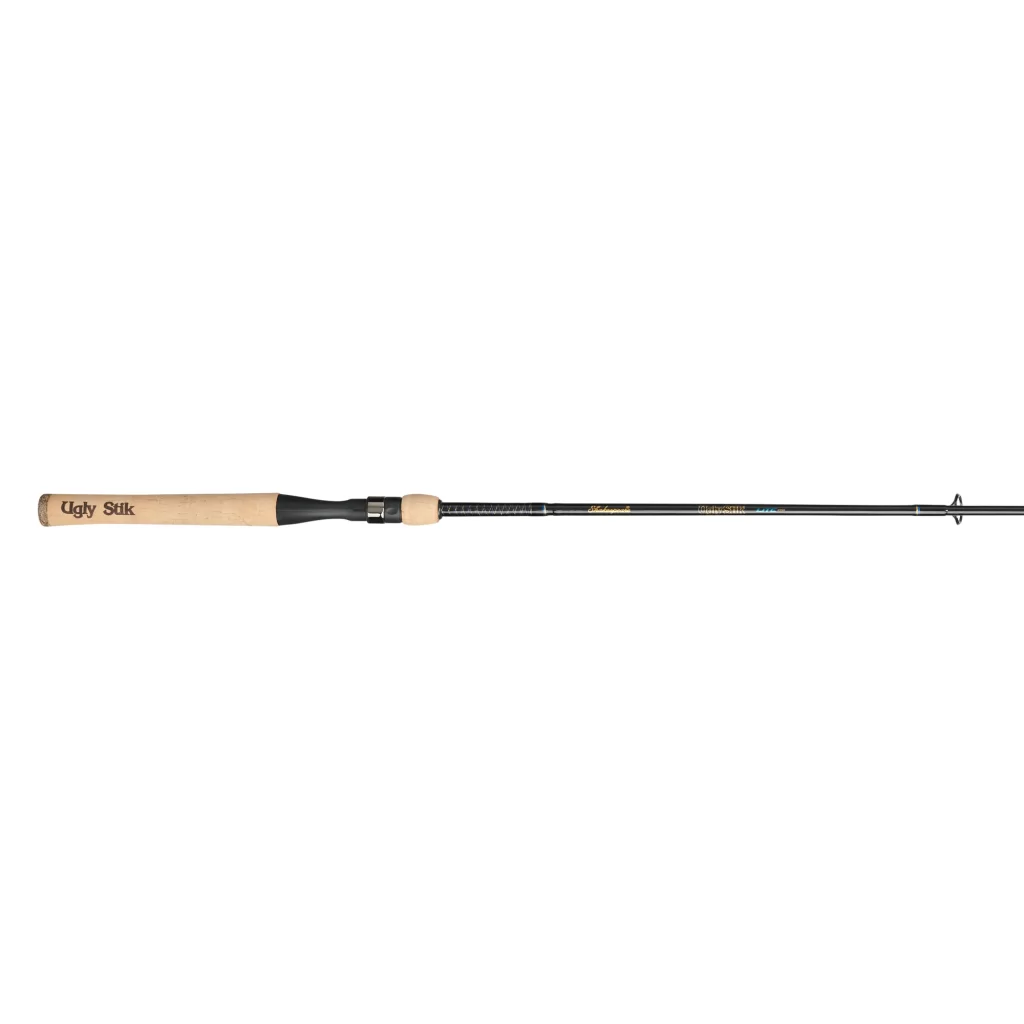
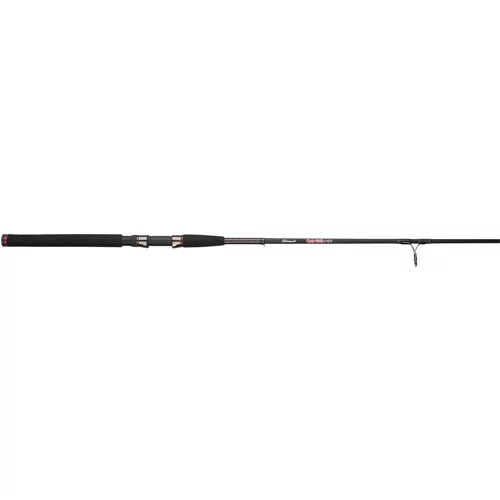
Spinning rods have straight handles with large line guides. Reels are mounted on the bottom. Spinning reels cast quickly and for long distances. This rod is suitable for freshwater and saltwater fishing.
Saltwater Tackle
Saltwater fishing involves a little change in the strength of the equipment. The rods, reels, hooks, line, and lures or bait vary just as in freshwater fishing but they can be stronger and heavier, built to withstand larger fish and natural or artificial structures.
Checkout these Links
interesting Galveston Island State Park (mygalvestonrealtor.com) on my website and follow Fishing Regulations – Outdoor Annual – TPWD (texas.gov) for Texas fishing regulations.
